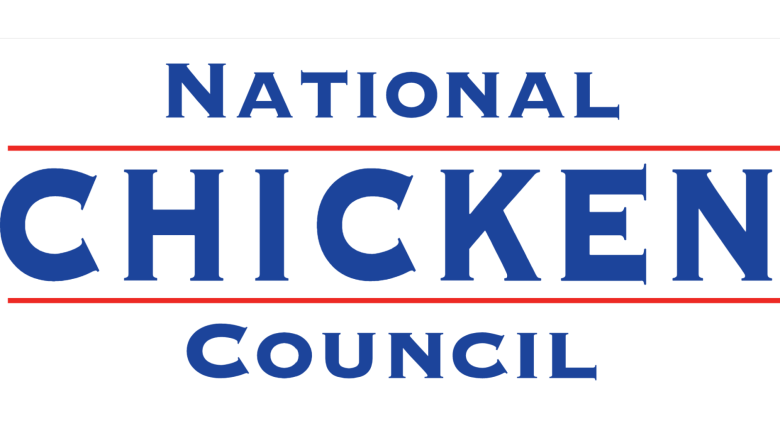NCC calls for withdrawal of inclusive competition rule
NCC is concerned about the USDA's AMS inclusive competition proposed rule.

Courtesy of the National Chicken Council
In recently submitted comments, the National Chicken Council (NCC) expressed deep concern about the U.S. Department of Agriculture’s Agriculture Marketing Service proposed rule titled “Inclusive Competition and Market Integrity Under the Packers and Stockyards Act.”
“We are deeply concerned that the [proposed rule] would impose substantial costs, expose live poultry dealers to significant legal and compliance risks, and undermine the successful and mutually profitable poultry grower contracting system,” said NCC President Mike Brown. “The last thing AMS should be doing is pushing increased regulations, red tape and costs onto businesses at a time of record inflation and input costs, threatening food security and potentially raising grocery bills even further for Americans. As such, we are urging the agency to withdraw this proposal.”
In the comments, NCC identified several areas where the proposed rule is legally deficient and unconstitutionally vague, and argued that an insufficient administrative record fails to support it.
The preamble to the rule is littered with vague allusions to potentially violative conduct and generalized complaints lacking sufficient detail for meaningful evaluation. “Unsubstantiated complaints lodged in 2010 cannot meaningfully support a 2022 rulemaking under vastly different economic conditions,” Brown said.
Perhaps the greatest potential impact of this rule moving forward is the significant costs it would impose on society. “AMS appears to have given no thought to its economic impact analysis, drastically underestimating the costs of the [proposed rule] at every possible opportunity,” Brown continued.
AMS predicts the proposed rule would impose costs of only $504 per live poultry dealer in the first year, and costs of about half that amount in subsequent years. “This simply defies belief,” Brown added. “The cost of the filing cabinets needed to hold the voluminous records that would be required would exceed that much, not to mention the extensive recordkeeping programs, computer systems, labor costs, legal fees and litigation. In reality, the cost of compliance [combined] with anticipated litigation will undoubtedly result in costs of over $100 million, orders of magnitude greater than AMS predicts.”
NCC also highlighted the fact that AMS fails to consider costs to growers, who, as part of the same economic system, would inevitably bear some of the compliance costs. New growers would face fewer opportunities for new entrants, and it would be more difficult to reward top-performing growers. Consumers, too, would suffer costs in the form of a less efficient chicken production system, potentially leading to higher costs at the supermarket and restaurants.
“These proposals were determined to be poor policy ideas under the Obama administration – and continue to be so today,” Brown concluded.
To view NCC’s extensive comments in their entirety, click here.
Source: National Chicken Council; USDA's AMS
Looking for a reprint of this article?
From high-res PDFs to custom plaques, order your copy today!




